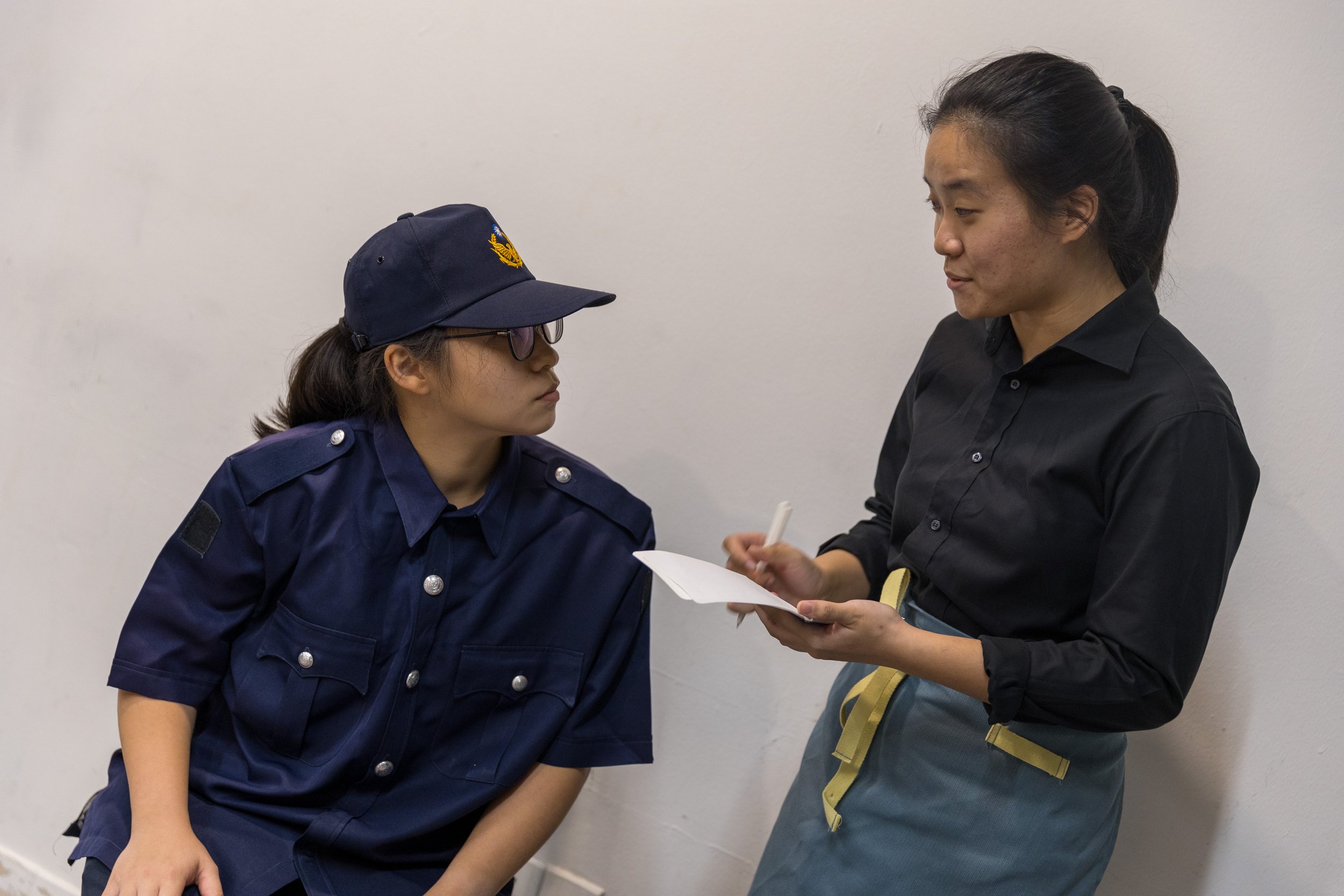Foreword: Navigating our way within the Structures in Singapore
Charleen Chiong, senior research from the Australian Education Research Organisation, identifies that in Singapore’s “Confucian-inspired form of benevolent paternalism,” educational and political “leaders must exhibit ethical integrity to secure the trust of the populace; moreover, if such integrity is displayed, it follows that the populace should trust and obey, rather than question, their leaders” (‘The Texture and History of Singapore’s Education Meritocracy’ 159).
In other words, following the success of the government, Singaporeans are highly encouraged to trust the teachers, politicians, and other leaders within our society in having the right answers for success in life. As a result, we are often taught to follow the ‘model answers’ demonstrated for us, and we consequently find ourselves moving through life in a very ‘standardised way’.
There are clearly fixed routes and stipulated end-points, but are these journeys for everyone?
For those who feel out of place walking along the paths created for you, how can you create your own dance?
How can you learn to move within the structures and make minute adjustments of your own, so that you can personalise your journey?
How can you craft your own answer to success in this society?
How can you create your own story?
In Break, we sing ‘Stand Up for Singapore’ Source: Stand Up For Singapore by Hugh Harrison © Government of the Republic of Singapore. Permission required for reproduction. What does it mean to “stand up”? How can we give a little more of ourselves without losing who we are as individuals - as unique human beings? How do you make sense of the line “be prepared to give a little more”?
In Break, we present the archetypes of a policewoman, a construction worker, a politician, and a restaurant service staff in Singapore. As each of us sing the same song, what if we decide to improvise, personalise our movement, and dance to a different rhythm?
At times, we get caught up with following the dominant rhythms set for us - moving from our homes, we regularly travel to work/school, out for meals, for social activit(ies), and back home. The societal structures choreograph our movements so that the collective dance looks more organised and more impressive. We need to keep moving so that we catch up. So that we are not left behind. Our bodies get contorted into shapes determined for us. We forget that we are meant to jump, to leap, to laugh, and to love wholeheartedly. We regress into habits and comfortably move in step as someone keeps the count for us and demonstrates ‘how it is done’.
But let’s take a break from this. Let’s break into a personalised way of moving. Let’s break into a different path - our personal path. So that we find our own tempo, our own rhythm, and our own dance.





